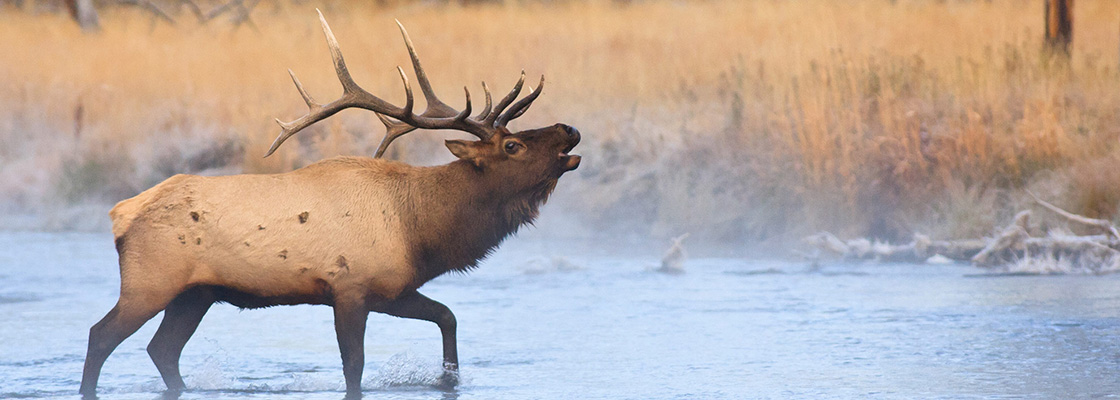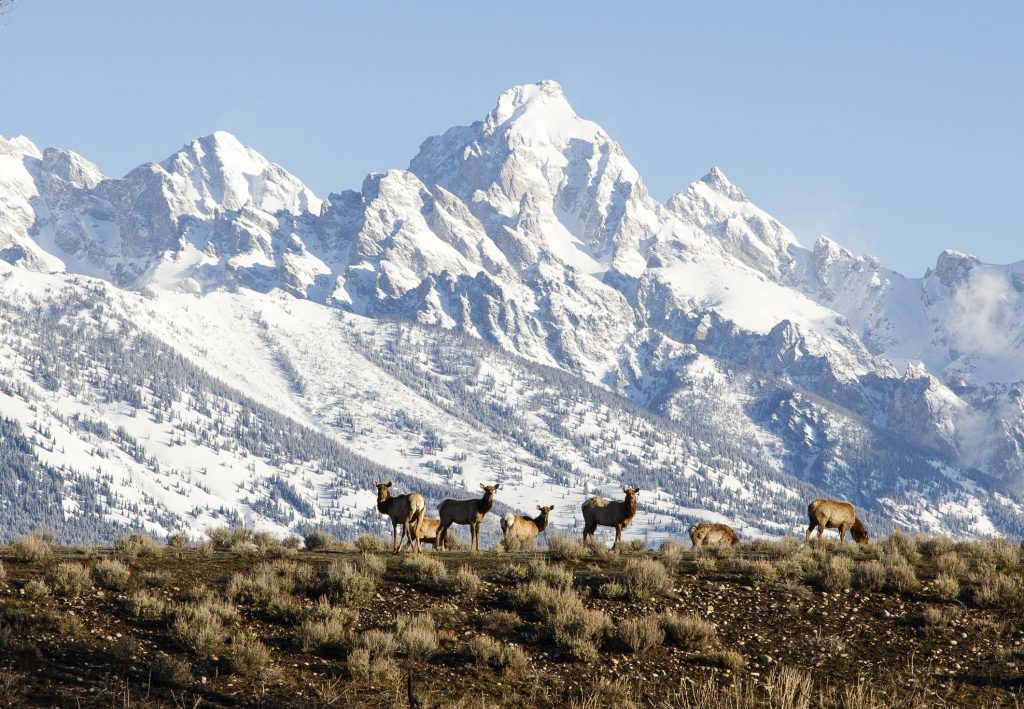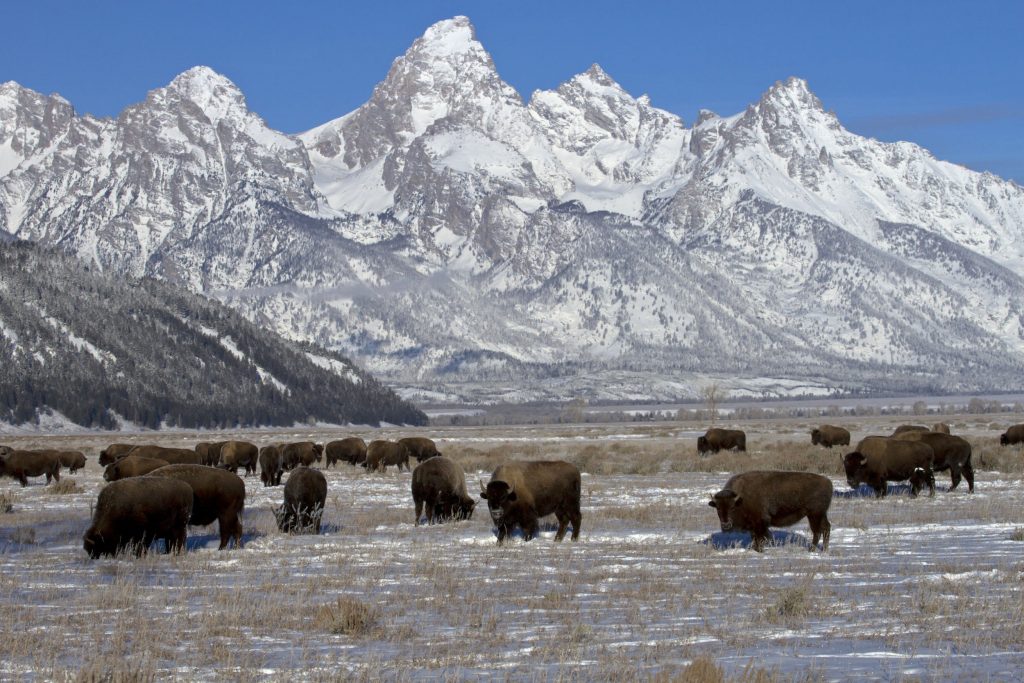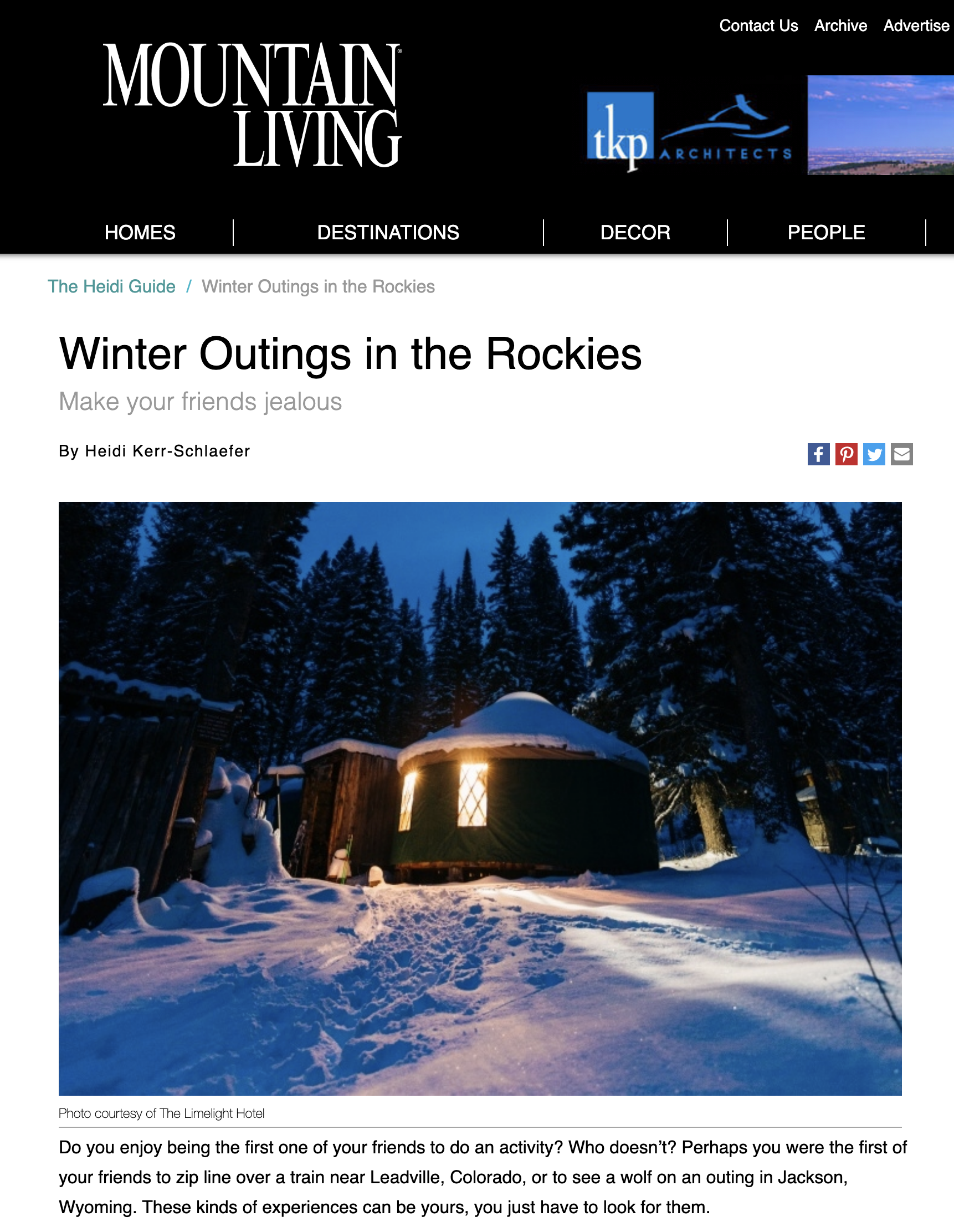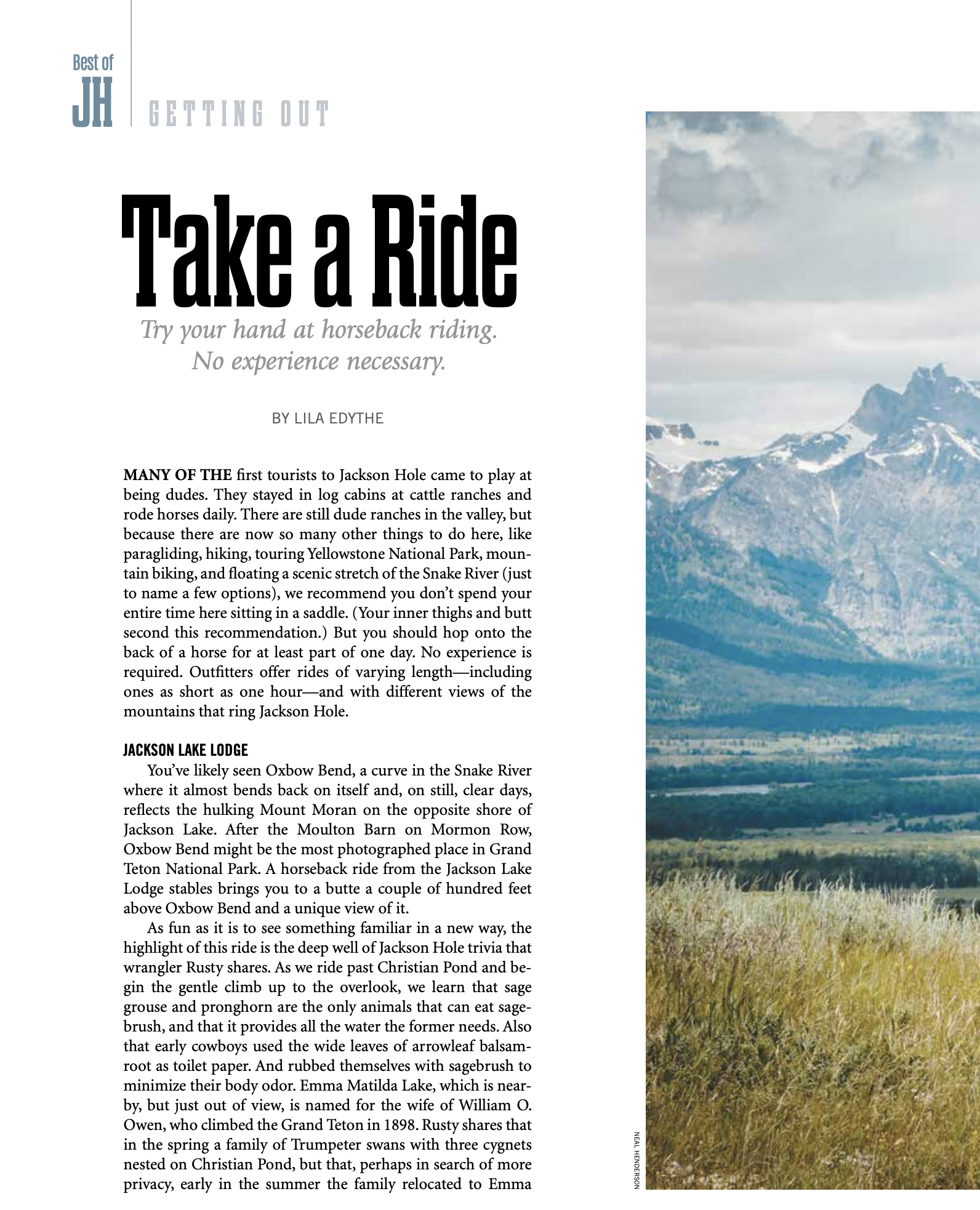Animal Safety Tips for Wildlife Viewing in Jackson Hole
Jackson Hole is home to a diverse range of magnificent wildlife. From the smallest pika to the mighty grizzly bear, there are lots of opportunities to spot animals. However, whenever big crowds of people meet animals, sometimes stress levels soar. So how do you ensure your encounter with Jackson Hole’s wildlife is safe for both you and the animal? Here are a few handy tips to keep in mind when going wildlife viewing in Jackson, Wyoming.
General Best Practices for Viewing Wildlife Around Jackson Hole
Most people encounter wildlife in Jackson without any issues. However, there are always stories about too-close encounters. Or the elk that was just not into taking selfies. As a result, there is always the possibility of dangerous wildlife interactions, especially with tourists or those who may not be as familiar with the space these wild animals require.
Here’s a look at a few helpful hints when viewing wildlife.
Give Animals Their Space
 Don’t approach the animals. Think about it. Would you like it if someone came running up to you with a camera? Many animals live on the brink of survival – every day they have to watch out for predators, avoid cars, and keep their distance from other territorial creatures.
Don’t approach the animals. Think about it. Would you like it if someone came running up to you with a camera? Many animals live on the brink of survival – every day they have to watch out for predators, avoid cars, and keep their distance from other territorial creatures.
The best way to enjoy the animals is to keep a safe distance of at least 100 yards. Don’t approach wildlife, they will get defensive – it’s in their nature!
Even animals that may seem to be peacefully grazing or sitting can be on the move quickly if they are feeling threatened.
Fall and winter are particularly stressful times. Once the lush fields die out and food becomes scarce, wildlife has to endure rough winters. Oftentimes, bears are trying to fatten up, elk are in the violent throws of mating dances, and animals sense the pressure of the incoming leaner times. During these months, animals are particularly stressed, so don’t add to it by chasing them down with a camera.
Bear Safety for Jackson Hole
According to the Wyoming Fish and Game organization, there are roughly 700 grizzly bears in the Jackson Hole area. This means that encountering these giant creatures is a real possibility. Here’s what you need to know about bears in the Jackson area.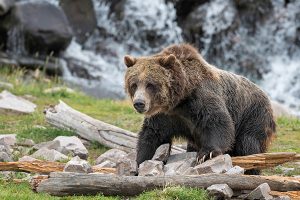
-
- Stay 100 yards away from any bear. They are territorial and do not like being approached. Don’t feed a bear either – this causes them to become aggressive and they will eventually be killed by wildlife services.
- Make noise on the trail. This means talking to your hiking buddy, singing, or calling out and clapping your hands as you hike. You never want to startle a bear (or be startled by a bear) and being vocal – especially while hiking in the morning or evening – helps.
- Don’t be oblivious. Look for fresh bear scat while you are out, don’t hike with headphones, and look for fresh claw marks on trees to stay alert.
- If you encounter a bear, do not run. Back away slowly with confidence and put space between you and the bear
Bison Viewing Tips
Don’t let their large size fool you, bison are notoriously skittish, territorial, and quick. In fact, in Yellowstone National Park, more people get injured by bison every year than they do from grizzlies.
Bison are surprisingly easy to avoid – simply keep your distance, don’t feed the animals, and walk slowly around blind corners while hiking.
Also, try not to get between bison – especially a cow and her calf. Mating season is from May to June and male bison can be particularly aggressive.
Enjoying Elk, Moose, and More
 Elk and moose are also large hoven animals that are far more dangerous than they appear. Thanks to their huge size, they can move exceptionally fast. Both moose and elk are known to charge tourists who get too close.
Elk and moose are also large hoven animals that are far more dangerous than they appear. Thanks to their huge size, they can move exceptionally fast. Both moose and elk are known to charge tourists who get too close.
Keep your distance – 100 yards is good – and never approach a mamma moose and her young. If you encounter these skittish animals while hiking, move away calmly and put several large trees between you and any moose.
The elk rut – in fall – is a beautiful time. Male elk bugle their calls across mountain valleys at dusk and dawn. However, males can get particularly aggressive, so never approach them or a herd of females.
Wolves in Jackson Hole
To put it simply, wolf encounters are quite rare. In fact, only two people have died from an encounter with a wolf since people started recording incidents. However, just because these creatures can be shy and aloof, doesn’t mean you shouldn’t know how to be safe near wolves.
First, it should go without saying, but wolves are not dogs. Never feed them or try to pet them. They are wild carnivores and skilled hunters. If you see a wolf, stay calm and do not run.
Instead, make yourself tall and look as large as possible. Once you’re as big and as tall as possible, slowly back away and maintain eye contact.
Be an informed visitor to Jackson Hole with wildlife safety tips geared towards having a rewarding encounter with some of Jackson’s most beloved residents. Animal sightings certainly hold strong memories, but enjoying these gems of the Jackson area from a distance ensures that both you and the animal feel respected.
Tags: Jackson Hole, Spring Creek Ranch, wildlife

